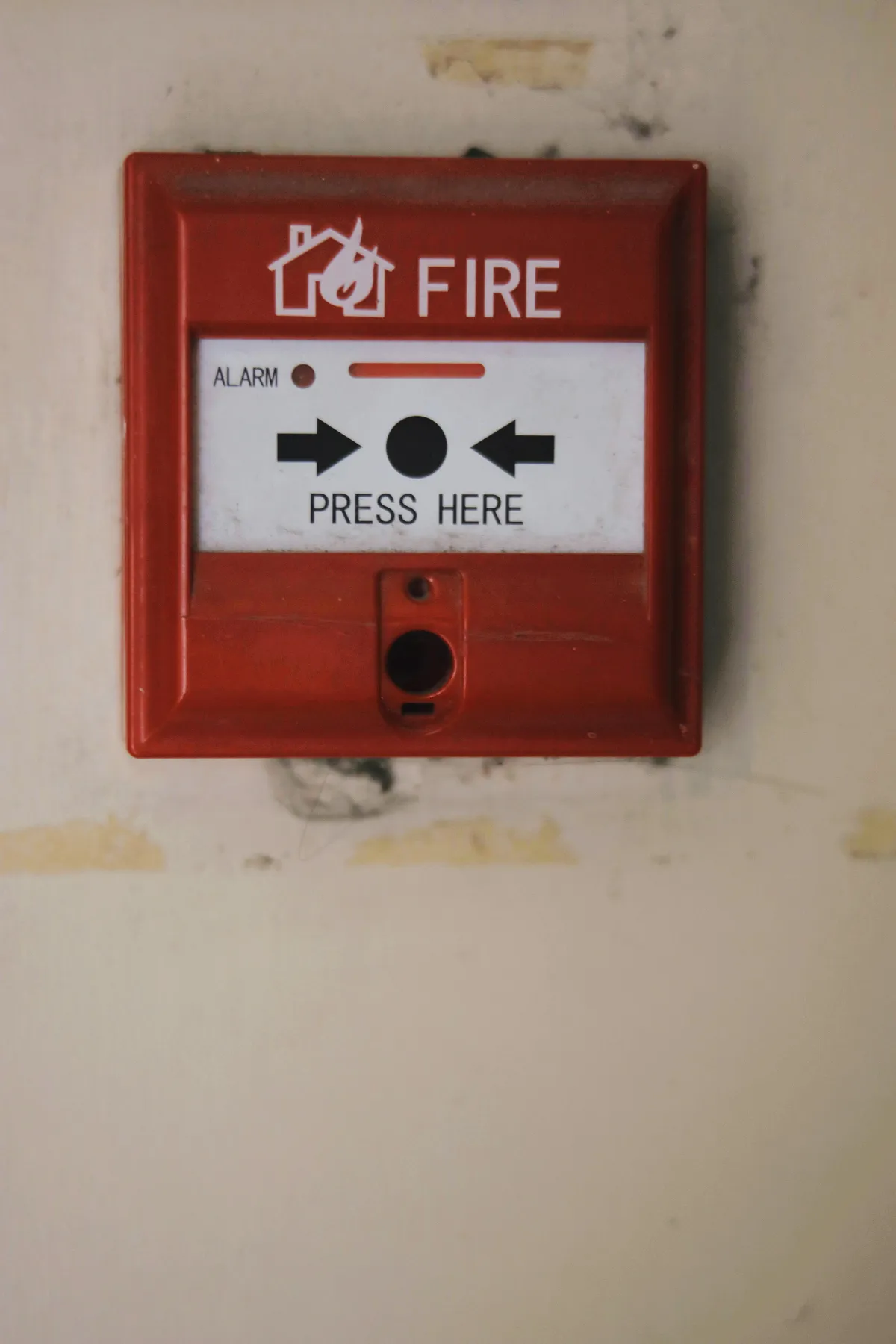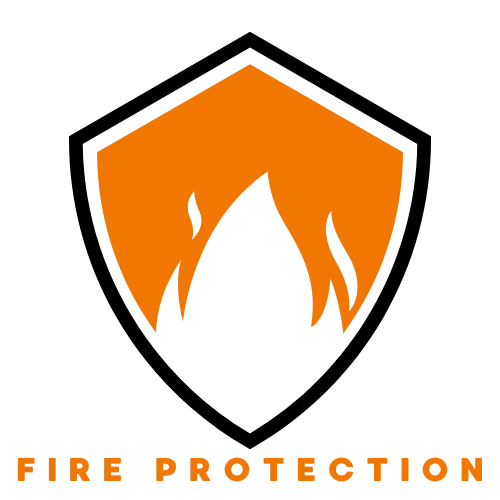At Fire Protection, we provide a comprehensive range of fire safety services designed to protect your property, ensure compliance, and reduce fire risks. Whether you need a fire risk assessment, fire stopping installation, or fire extinguisher maintenance, our expert team is here to help.

Fire Risk Assessments
A Fire Risk Assessment identifies potential fire hazards in your building, evaluates risks to occupants, and provides recommendations for fire prevention and safety improvements.
This ensures compliance with fire safety regulations and helps protect lives and property.

Fire Door Replacements
Fire doors are critical for compartmentalizing fire and preventing its spread. We provide high-quality fire door replacements that meet strict fire safety standards, ensuring your building remains secure and compliant.
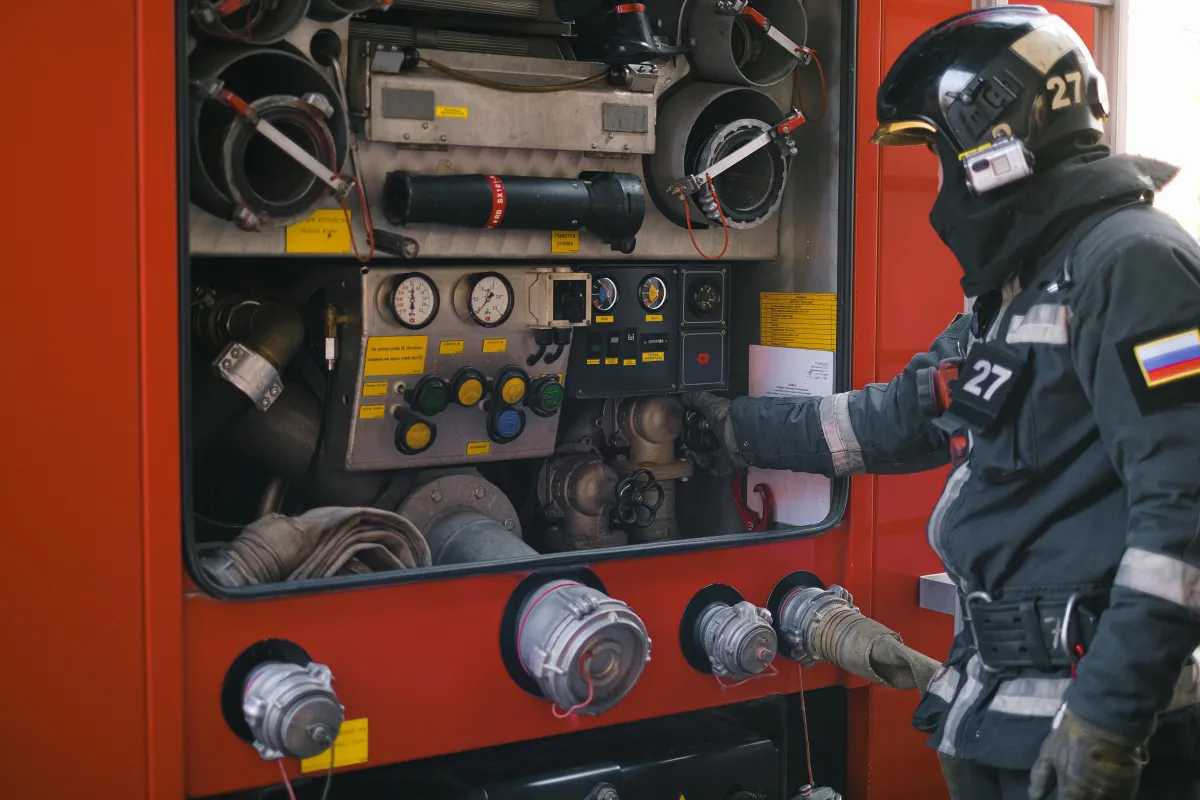
Fire Stopping Installation
Our fire stopping installation services help seal fire-prone gaps, such as wall penetrations, joints, and voids, to prevent the spread of flames, smoke, and toxic gases. We use high-quality fire-resistant materials to ensure safety.
Fire Safety Design
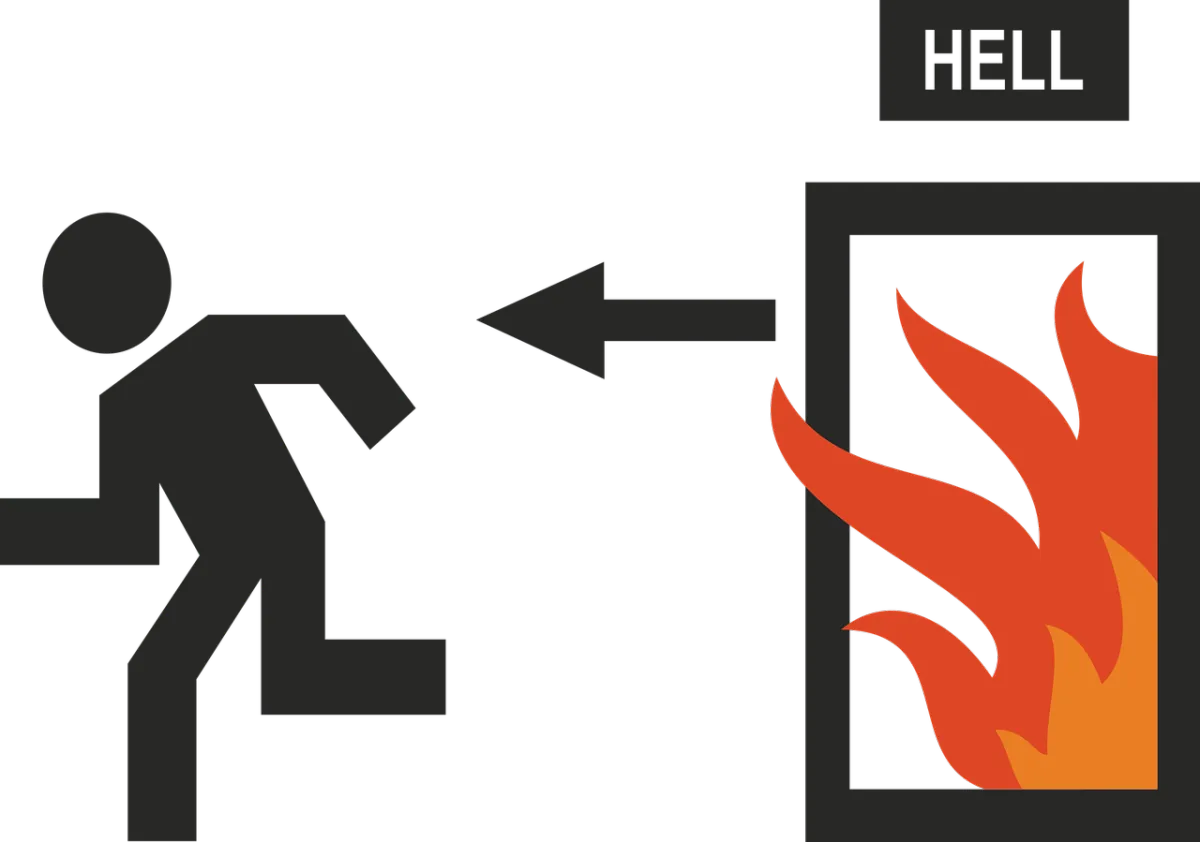
Fire Alarm System
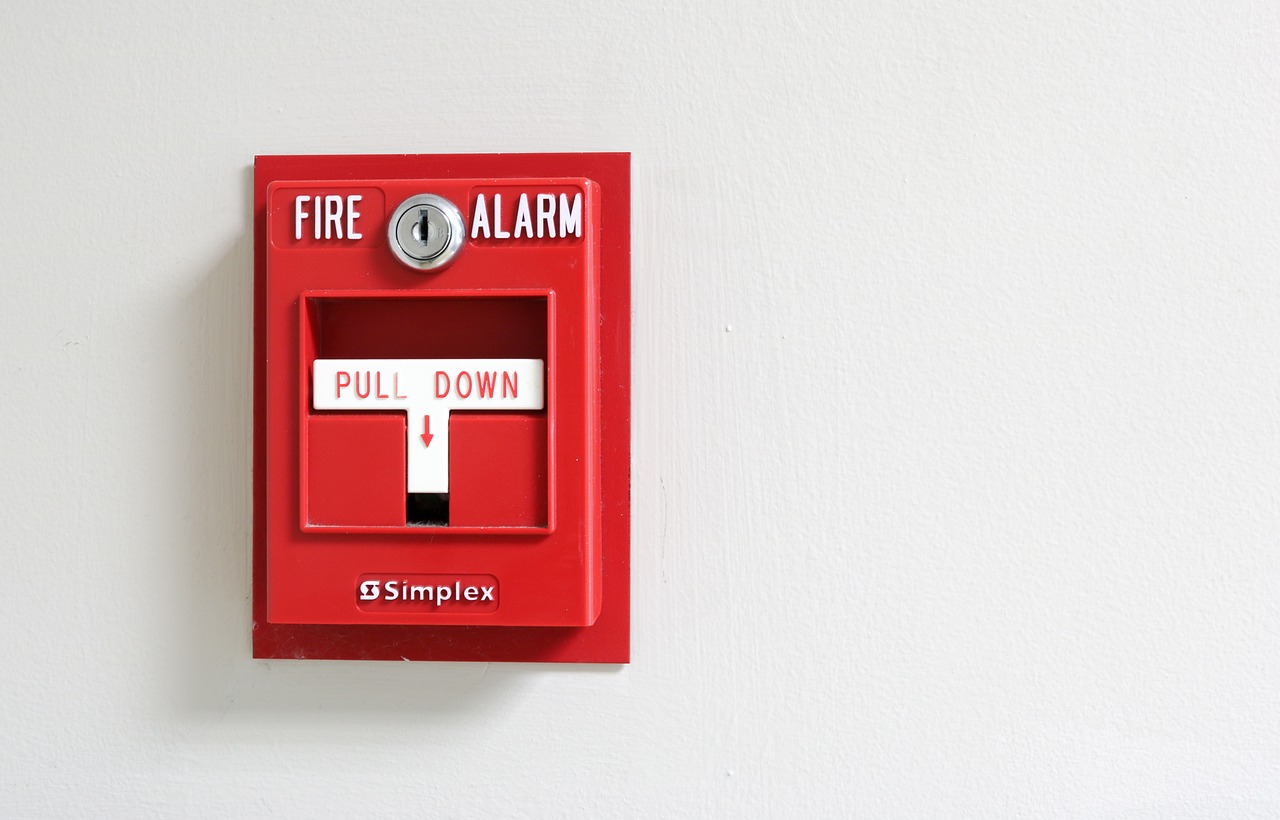
Fire Deluge System
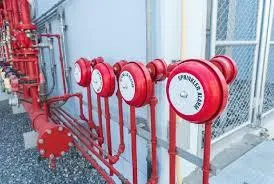
Fire Sprinkler System

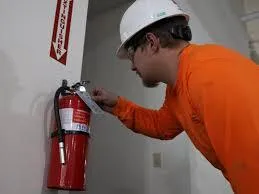
Extinguisher Maintenance
Fire extinguishers are your first line of defense in an emergency. We provide regular maintenance, refilling, and inspections to ensure your fire extinguishers remain fully functional and compliant with regulations.
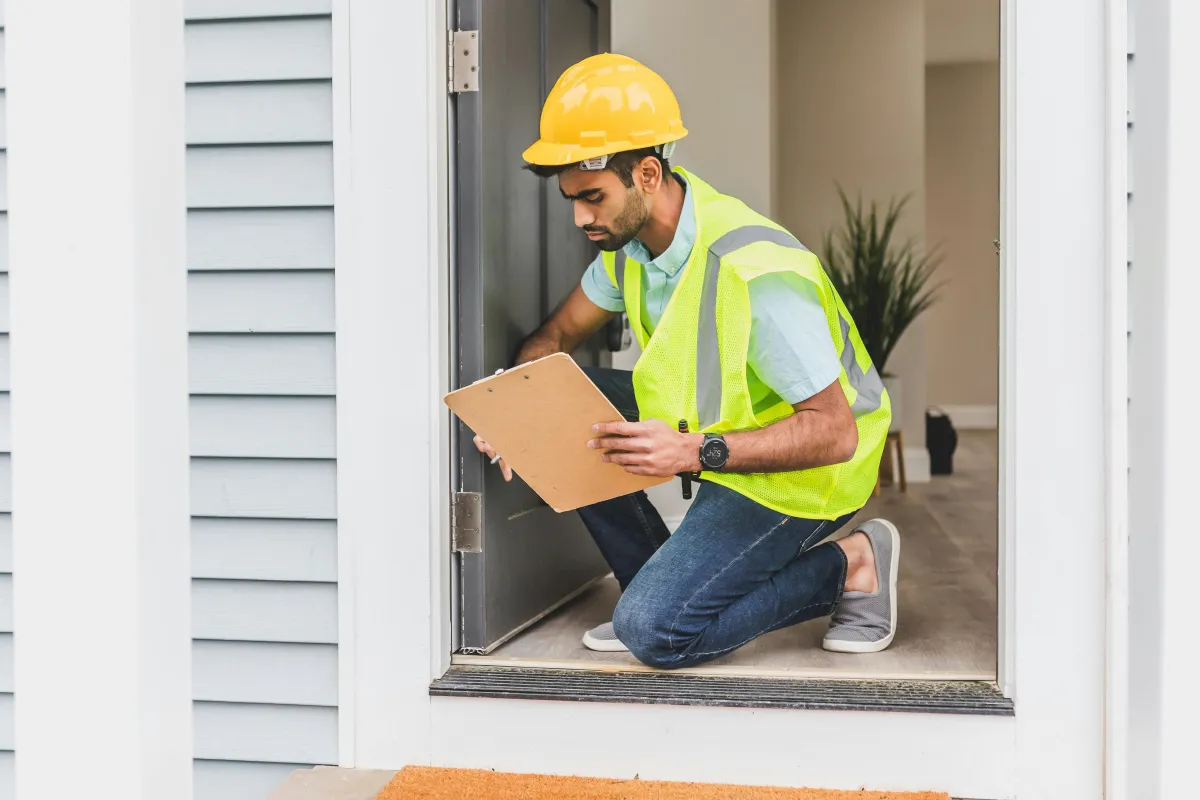
Fire Door Inspections
Regular fire door inspections are essential to ensure they function properly in case of a fire. Our experts check for damage, gaps, faulty seals, and operational effectiveness to maintain fire safety standards.

Fire Stopping Surveys
A fire stopping survey assesses hidden areas within a building, such as roof spaces, voids, and service penetrations, to detect potential fire spread risks. We provide detailed reports and recommendations for improvements.
Dry and Wet Riser System
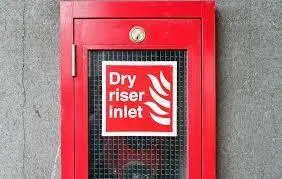
Fire Fighting and Pump System
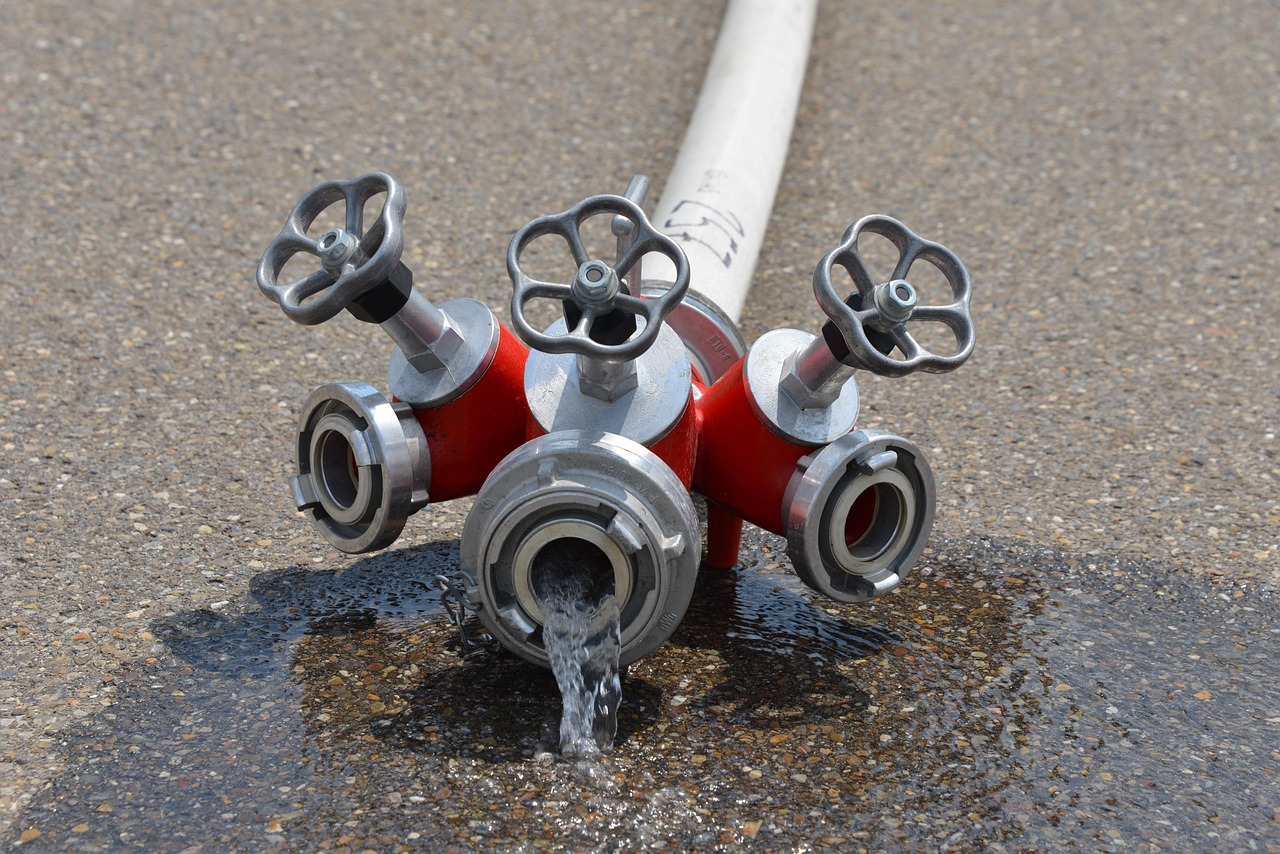
Fire Suppression System
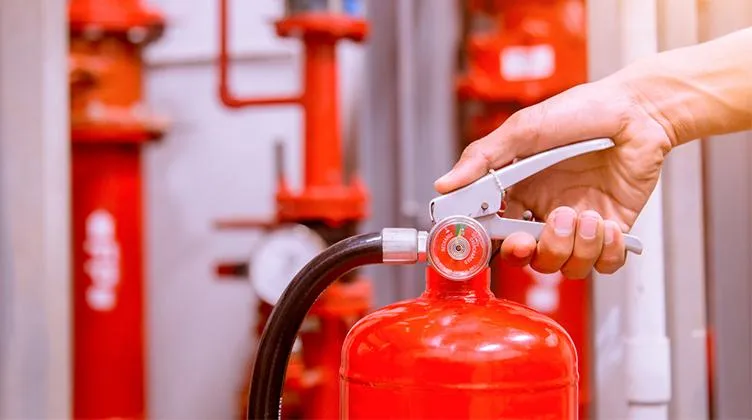
Central Battery Emergency
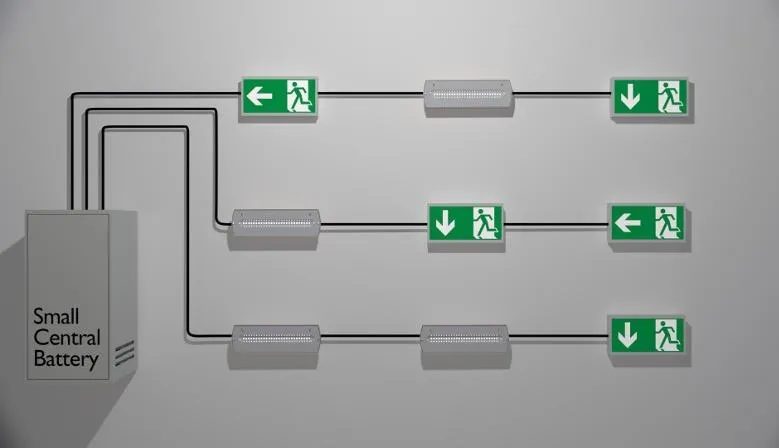

The Importance of Fire Stopping in Commercial Buildings
"Fire stopping isn’t an option—it’s a necessity for building safety."
Introduction
Fire stopping is one of the most critical aspects of passive fire protection (PFP), ensuring that fire and smoke don’t spread through walls, floors, and ceilings.
Many businesses in South Africa overlook fire stopping measures, leading to fire safety violations and increased fire risks. In this blog, we’ll explain why fire stopping is essential, how it works, and how to ensure your building is compliant.

1. What is Fire Stopping?
Fire stopping refers to the sealing of gaps, joints, and openings in a building’s structure to prevent the spread of fire and smoke. These protective measures contain fires, allowing people more time to evacuate.
Common fire stopping methods include:
✅ Intumescent sealants – Expand under heat to block fire and smoke.
✅ Fire-resistant boards & coatings – Protect structural elements.
✅ Fire dampers – Prevent fire from spreading through ventilation ducts.
✅ Fire collars & wraps – Seal penetrations around pipes and cables.
2. Why is Fire Stopping Important?
Without proper fire stopping, fire and smoke can spread rapidly through small gaps, making evacuation difficult and increasing property damage. Fire stopping ensures:
🔥 Compartmentation – Preventing fire from spreading to other areas.
🔥 Legal compliance – Meeting SANS 10400-T fire regulations.
🔥 Insurance protection – Many insurers require buildings to have proper fire stopping measures.
Non-compliance can lead to hefty fines, legal issues, and safety risks.
3. Common Areas That Require Fire Stopping
Buildings have multiple penetration points that need fire stopping, including:
🏢 Service penetrations – Pipes, ducts, and electrical conduits that pass through fire-rated walls and floors.
🏢 Roof spaces & ceiling voids – Unsealed gaps can allow fire and smoke to spread unnoticed.
🏢 Partition walls & door frames – Weak points in fire compartmentation.
Proper fire stopping solutions ensure all gaps are sealed for maximum protection.
4. How to Ensure Your Building is Fire Stopping Compliant
To comply with SANS 10400-T, all buildings must undergo fire stopping surveys and installations by certified professionals.
A fire stopping inspection includes:
✅ Identifying non-compliant areas.
✅ Installing or replacing fire-resistant sealants.
✅ Testing compartmentation barriers.
✅ Providing a fire safety compliance certificate.
5. Book a Fire Stopping Survey Today!
At Fire Protection, we offer:
🔥 Fire stopping inspections and installations.
🔥 Passive fire protection for commercial and residential buildings.
🔥 Compliance with South African fire safety laws.
📞 Call us now to schedule a fire stopping survey and protect your business! 🚧🔥
WHAT DO WE OFFER?
Comprehensive Fire Safety Services
We provide a comprehensive range of fire safety services designed to prevent the spread of fire and ensure compliance with safety regulations. From risk assessments to fire door inspections and fire stopping installations, our expert team ensures that your building is fully protected. Whether you need a detailed fire risk assessment, professional fire compartmentation surveys, or maintenance of fire extinguishers, we have the knowledge and experience to deliver top-tier fire protection solutions. Our approach is proactive, ensuring that potential risks are identified and addressed before they become a hazard..

Fire Risk Assessments
We provide recommendations for fire prevention and safety improvements.
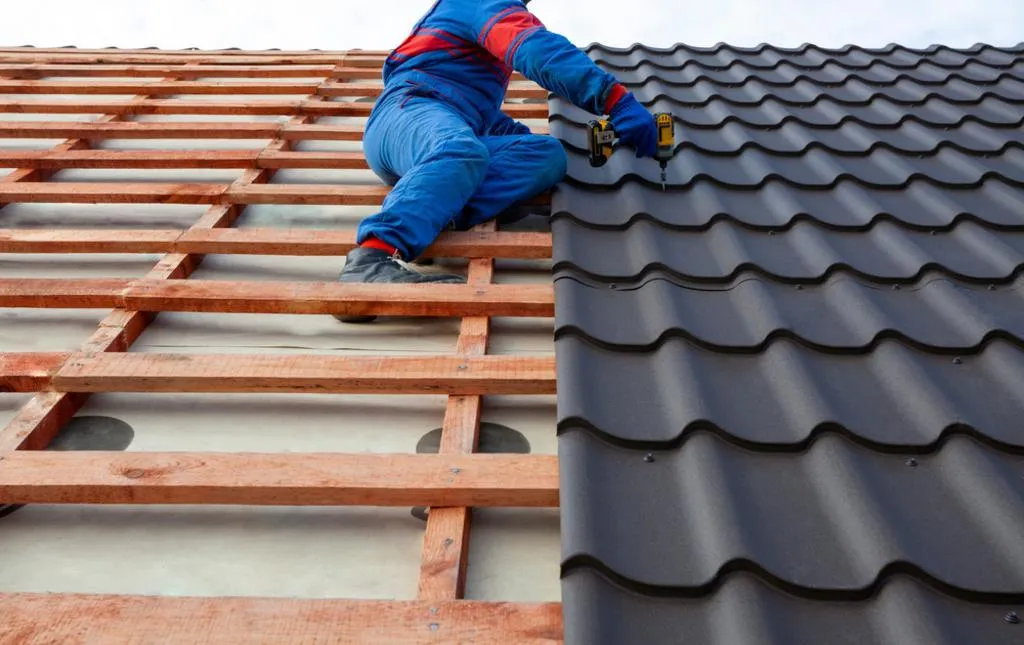
Fire Door Replacements
We provide high-quality fire door replacements that meet strict fire safety standards, ensuring your building remains secure and compliant.
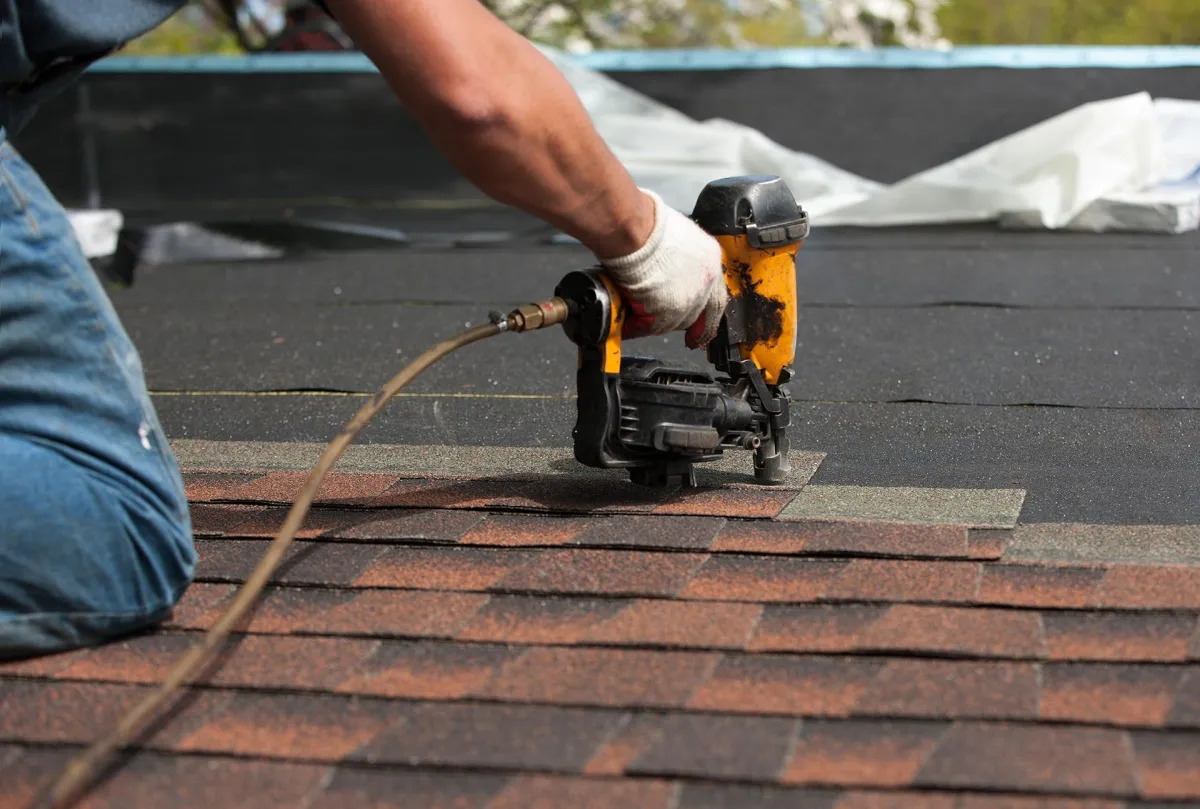
Asphalt Roofing Systems
We use high-quality fire-resistant materials to ensure safety.
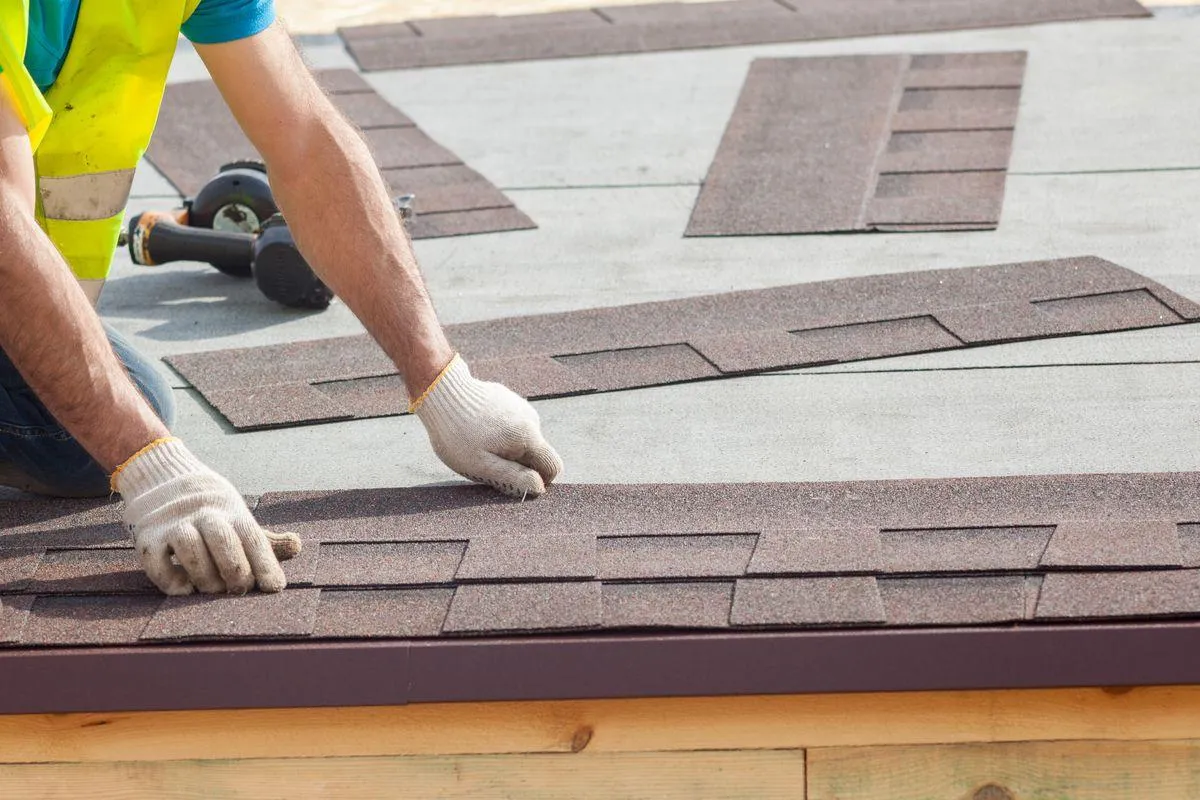
Fire Extinguisher Maintenance
We provide regular maintenance, refilling, and inspections to ensure your fire extinguishers remain fully functional and compliant with regulations.
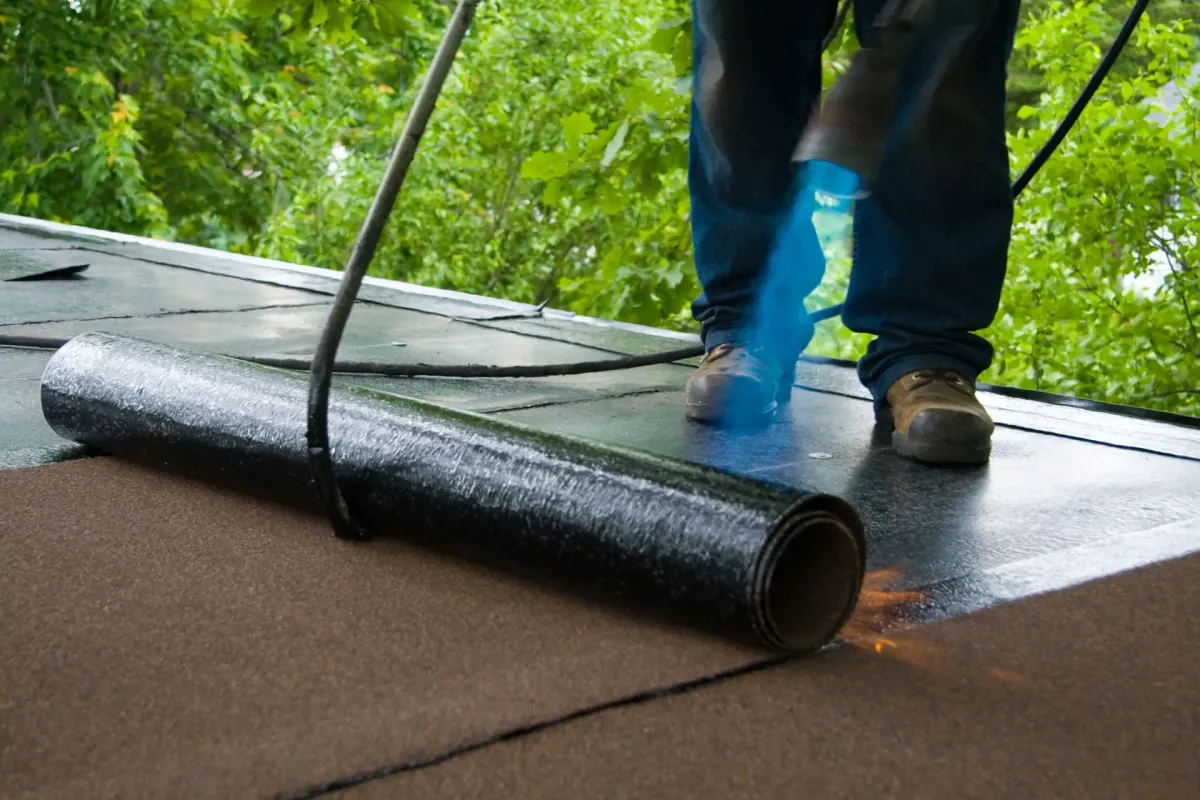
Fire Door Inspections
Our experts check for damage, gaps, faulty seals, and operational effectiveness to maintain fire safety standards..
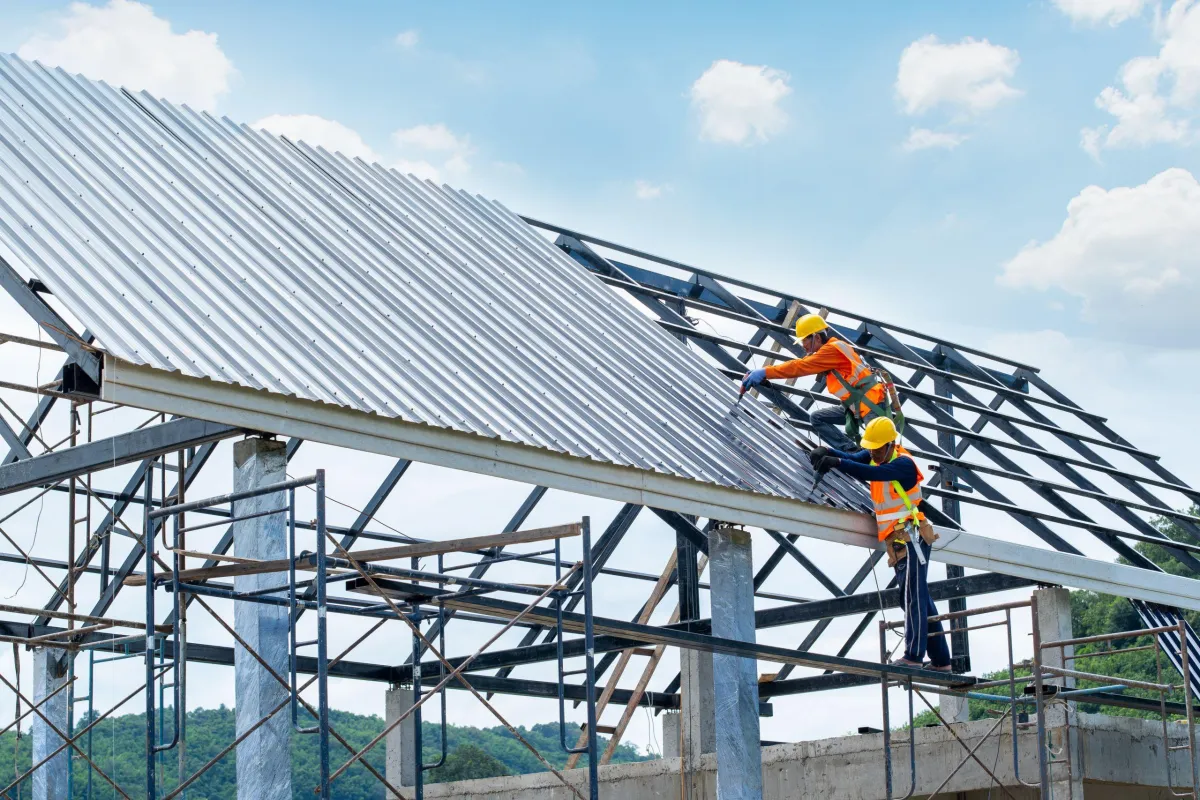
Fire Stopping Surveys
We provide detailed reports and recommendations for improvements.
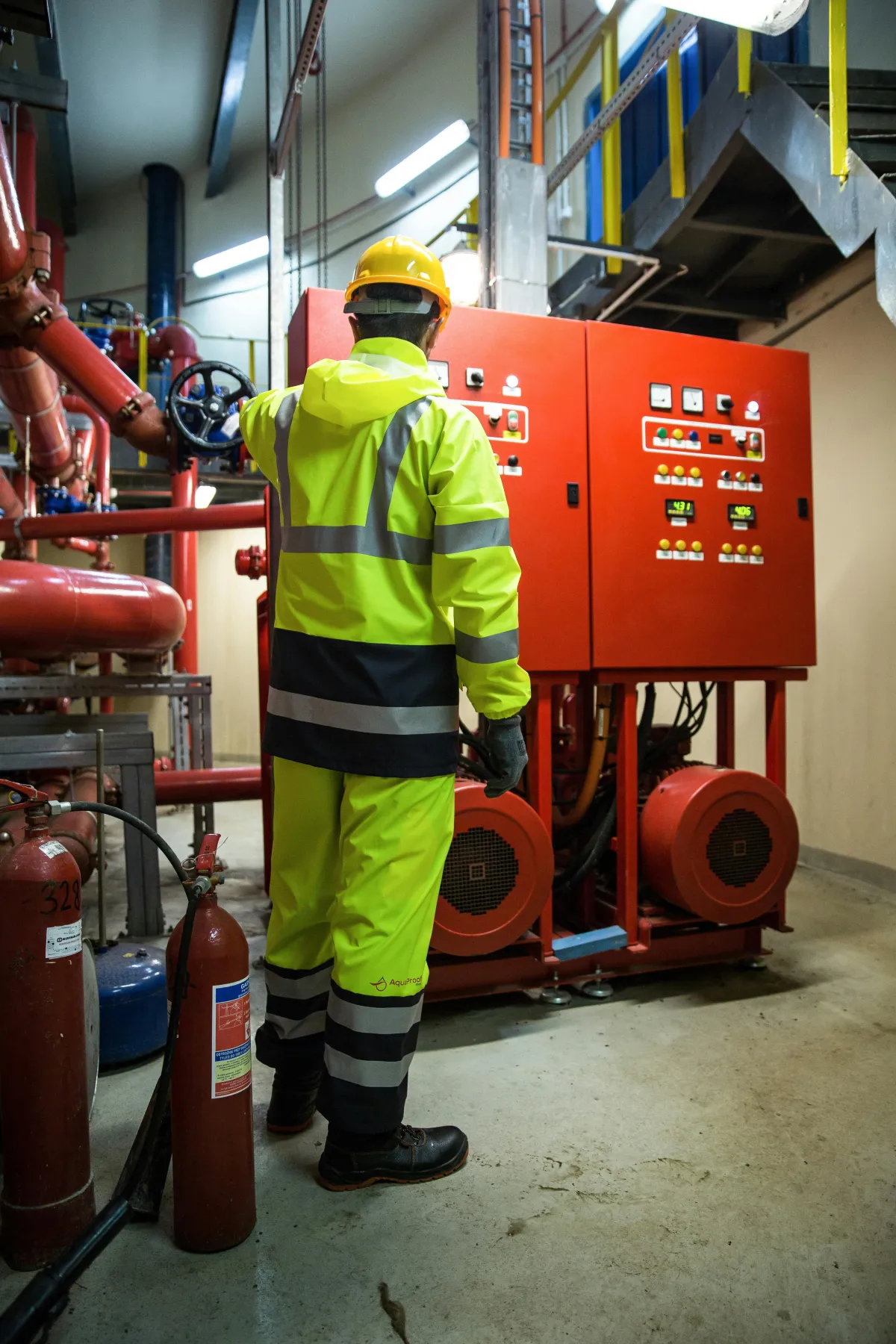
POPULAR QUESTIONS
Get Answers to Your Questions
What is fire protection, and why is it important?
Fire protection refers to the systems, processes, and equipment used to prevent, detect, and suppress fires. It is critical for safeguarding lives, property, and businesses from the devastating effects of fire. Effective fire protection ensures compliance with fire codes, reduces risk, and minimizes property damage.
What fire protection services do you offer?
We offer a wide range of fire protection services, including:
Fire risk assessments
Fire alarm installation and maintenance
Fire door inspection and maintenance
Fire suppression systems installation
Fire stopping and compartmentation solutions
Emergency lighting installation and maintenance
Fire safety training and consultation
How often should fire extinguishers be inspected and serviced?
Fire extinguishers should be inspected monthly to ensure they are in proper working order. In addition, they must undergo a professional service and maintenance check at least once a year, or more frequently if required by local regulations or usage conditions.
What are fire doors, and why do I need them?
Fire doors are specially designed doors that help prevent the spread of smoke and fire throughout a building. They are essential for protecting escape routes, ensuring that occupants can safely evacuate in the event of a fire, and limiting damage to property. Regular inspections and maintenance are necessary to ensure fire doors perform as intended.
How do I know if my building is fire code compliant?
To determine if your building is fire code compliant, you should conduct a fire risk assessment and have a fire protection expert perform a thorough inspection. This will ensure that all safety measures, such as fire alarms, sprinklers, fire doors, emergency exits, and fire extinguishers, meet the requirements set by local and national fire codes.
What should I do if I discover a fire hazard in my building?
Passive fire protection (PFP) refers to the use of fire-resistant materials and design strategies to prevent the spread of fire and smoke throughout a building. Examples include fire-rated walls, fire doors, and fire-resistant insulation. PFP helps contain a fire, allowing more time for evacuation and minimizing overall damage.
How often should fire drills be conducted?
Fire drills should be conducted at least twice a year to ensure that employees and occupants know how to respond in the event of a fire. More frequent drills may be necessary for certain businesses, such as those with high-risk operations or large numbers of people.

